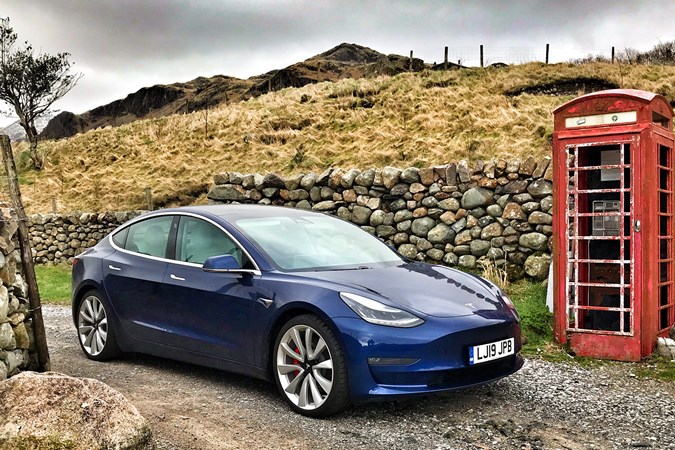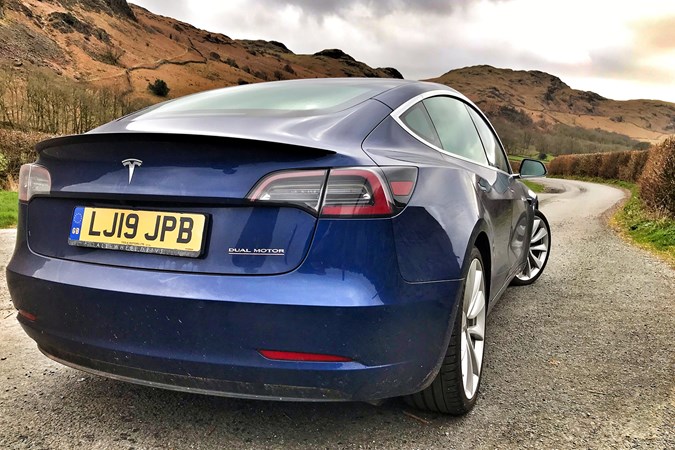
In this year’s Budget it was announced that electric cars will pay no tax whatsoever. This means that you can expect to see a lot more electric cars on the road from April 2020, as it becomes much more attractive to run an EV on the company. Company car drivers that choose a fully electric car will pay no benefit-in-kind (BIK) tax in 2020/21, as the Government’s revised tax bands aim to incentivise the uptake of low-emission vehicles.
Plug-in hybrid models, such as the BMW 330e, also receive tax cuts under the new rules, at least until 2022/23. While conventional petrol and diesel cars attract a higher BIK tax rate. The 0% tax rate applies to both existing zero-emission company cars and those that are delivered this year. Confusingly, there are two separate BIK tables for all other cars: vehicles registered before April 2020 and those registered after.
Should I choose an electric company car?
The tax savings when choosing an electric car are certainly tempting, and there will undoubtedly be a rise in sales of those that have a longer range and are more suited to business trips, such as the Parkers New Car of The Year award-winning Tesla Model 3, Kia e-Niro or Jaguar I-Pace. A higher rate taxpayer could save around £400 per month in tax if they choose an EV instead of a diesel saloon.
There are some pitfalls, however. Firstly, the 0% BIK is only available in the 2020/21 tax year. From April 2021 you’ll have to pay 1% BIK and 2% the year after. Higher mileage drivers may find the range and charging times of some cars may not be suitable for the type of journeys they do.
It’s also worth considering that pure electric cars are currently more expensive than their petrol or diesel equivalents in cash terms. A driver used to a large saloon or crossover may find there are only smaller, less prestigious, electric models in their company car grade.
Is there another way to get cheaper company car tax rates?
Plug-in hybrid (PHEV) models have also been given a BIK tax cut and can offer considerable savings. How much you pay is based on how far your car can go on its battery. So, models with longer ranges are more beneficial.
Cars that have CO2 emissions of less than 50g/km and can travel up to 30 zero-emission miles will attract 12% BIK rates in the 2020/21 tax year, meaning you’ll pay about half as much tax as you would on a regular petrol or diesel model.
It’s worth remembering that BIK calculations are based on the car’s value as well as its emissions, so a high list price will push the tax back up. As with electric cars, the bands increase by one percentage point each year.
Why are there two BIK tables?
Take a seat, this might take a while. The introduction of the new BIK bands coincides with the changeover to the use of WLTP (Worldwide Harmonised Light Vehicle Test Procedure) CO2 tailpipe emissions figures for tax purposes. WLTP figures are obtained via a new, more stringent, testing method and are more representative of the car’s real-world emissions.
So, if you take delivery of your company car after 6 April 2020, your tax will be based on the WLTP CO2 figure, which could be 10-20% higher. To account for this increase, the Government has reduced the BIK tax in each band by 2%. Drivers of cars registered before 6 April 2020 will continue to have their tax based on the old NEDC standard of CO2 figure, which tends to be lower than WLTP.
Confused? Basically, if you already have a company car on April 6 2020 your BIK tax will increase by a small amount, the same way that it does every year. Those taking delivery of a car this year will need to be more careful about which model they choose, as the difference between the old measurement, called the New European Driving Cycle (NEDC) and WLTP figures can vary from model to model and you could find your tax bill is higher than you expected.

Further reading:
>> Your complete guide to BIK tax
>> VED car tax rates
>> Best used cars with free tax
>> Fiat 500 goes electric
>> The BEST new car deals
Just so you know, we may receive a commission or other compensation from the links on this website - read why you should trust us.




